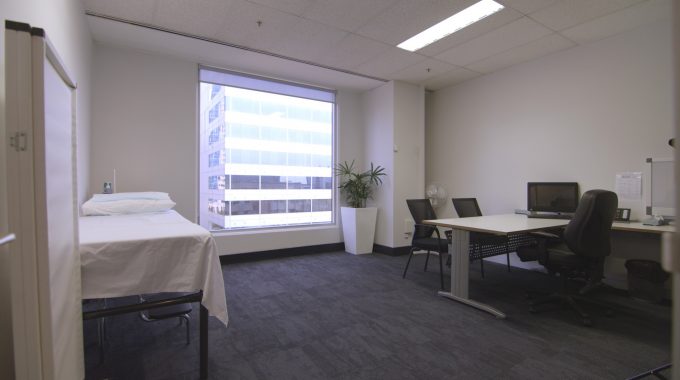Exciting news coming out of Far North Queensland for mi-Support – renovations are underway for…

How patient-centered is your practice?
No doubt we are all familiar with the concept of patient-centered care. After all, we have been talking about it for over a decade. The basic ethos promotes and encourages the active involvement of patients and their loved ones in the planning of care and decision-making on available treatments.
The ultimate goal for many medical professionals is to strengthen the patient-clinician relationship.
Considering every patient is different, finding out what really matters to each individual patient will inform their treatment plan and is likely to result in better patient compliance. Additionally, opportunities will present to address lifestyle issues that might cause further health problems.
In addition, evidence suggests patient-centered approaches can result in improvements in safety, quality and cost effectiveness, as well as improvements in patient and staff satisfaction.
The Australian Commission on Safety and Quality in Healthcare says partnering with your patients will ensure health information, systems and services meet their needs. Good practice-patient partnerships exist where:
• patients are treated with dignity and respect
• information is readily shared with patients
• the patient is encouraged to be involved in the decision making around their care plan
A patient-centered practitioner will work with patients to check all information provided is properly understood; collaborate with patients to ensure policies and processes meet their needs; and establish consumer advisory groups to inform the development of care plans, resources and projects.
A holistic approach is necessary – the practice setting, home healthcare and patient support groups all play an essential role in providing patient-centered care.
Patient Experience reports the new National Safety and Quality Health Service Standards (NSQHS Standards) are putting increased pressure on the health industry to make the provision of patient-centered care a key area of focus.
If you’re wondering how patient-centered your practice is, ask yourself the following questions:
• Do I ask my patients about their needs and preferences and consider these when developing their care plan?
• Do I utilise shared decision-making tools to help patients make treatment and care decisions?
• Do I ensure patients have the option of a support person or translator during consultations?
If you answered yes to the above, you are heading in the right direction. If you believe you still have a way to go before you achieve your goal of offering a person-centered service, check out this great resource from safetyandquality.gov.au.
The mi-Transcriptions and mi-Bookings services are tools you can use to spend less time on administration and more time with patients delivering the best care possible.
It is vital that all physicians and practice managers explore every opportunity to work in a patient-centered way. Practice-wide training should be delivered, in order to develop a culture where all personnel strive to improve the patient experience.


This Post Has 0 Comments